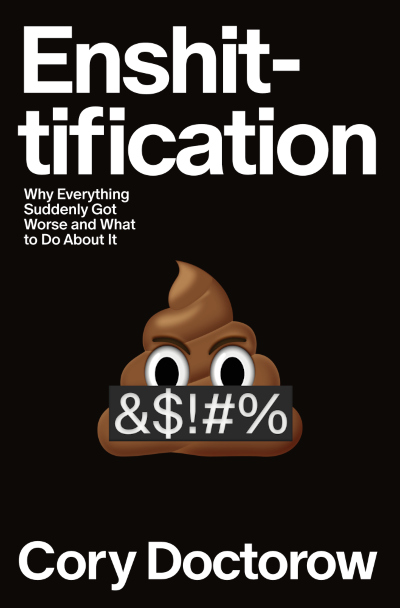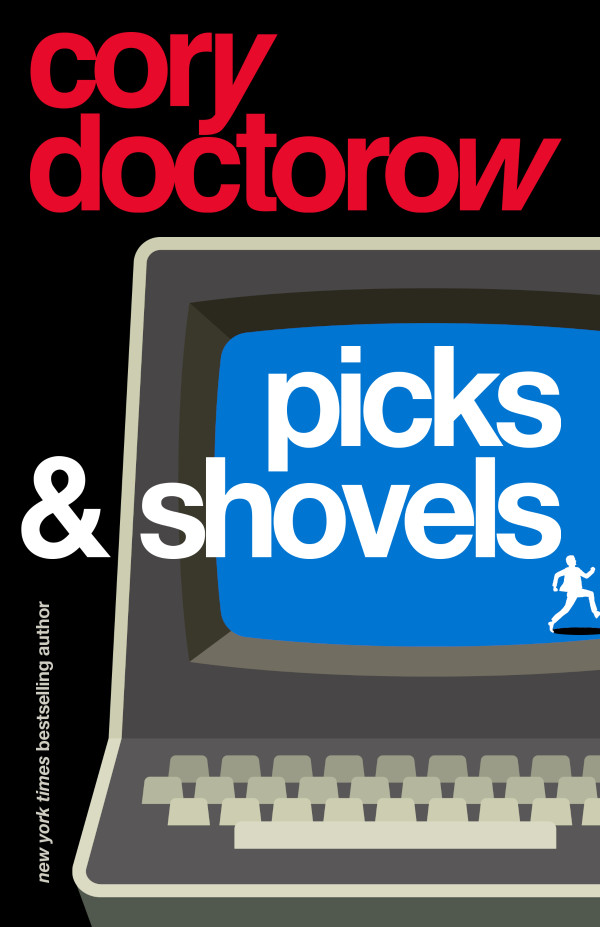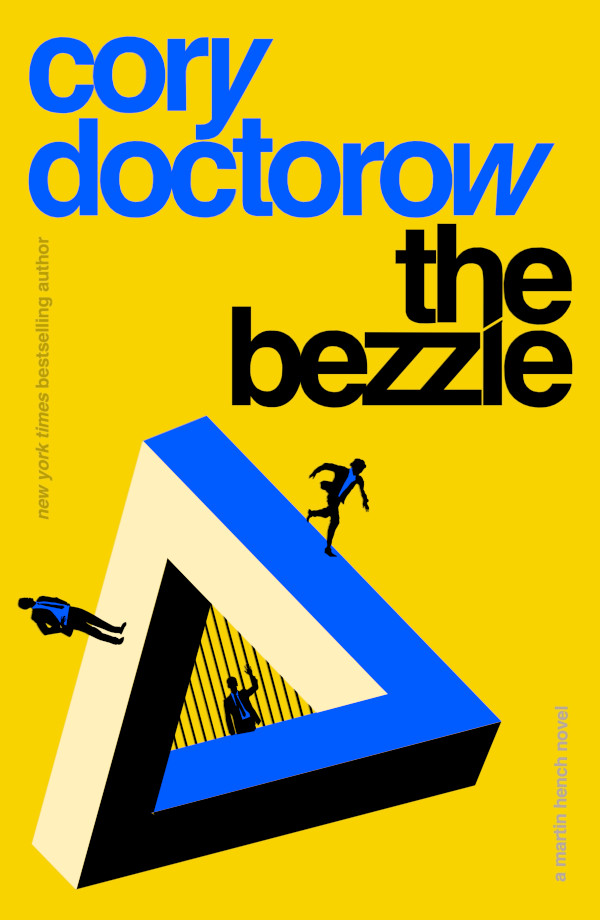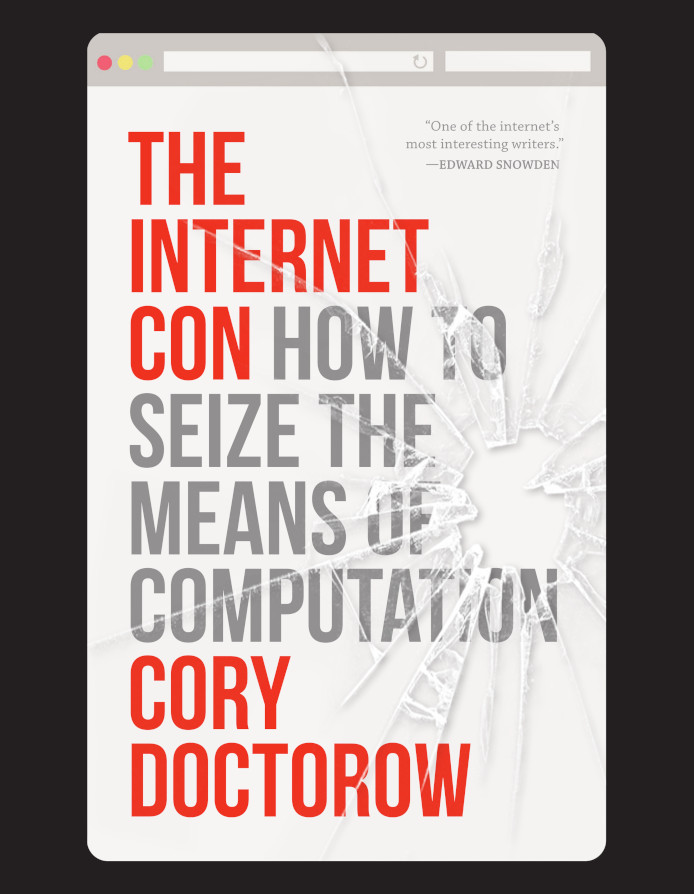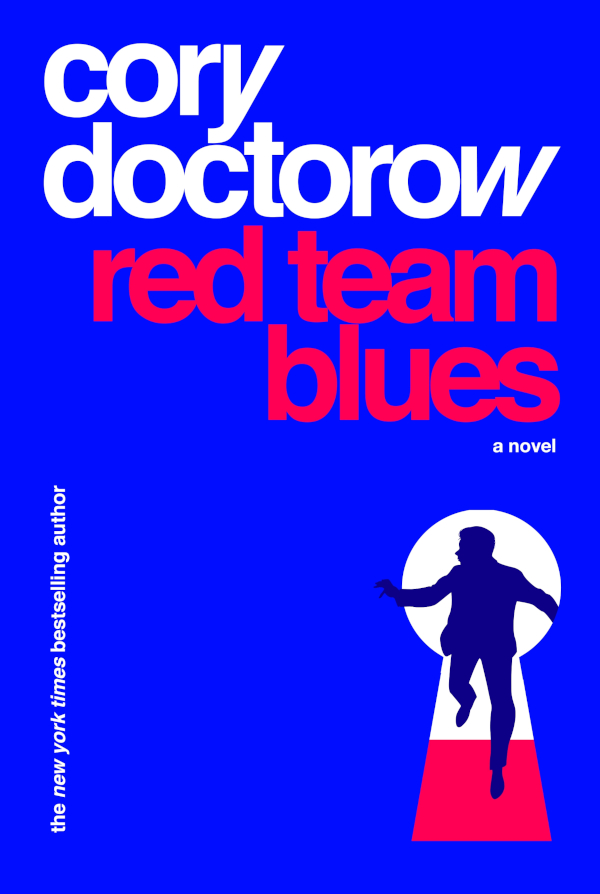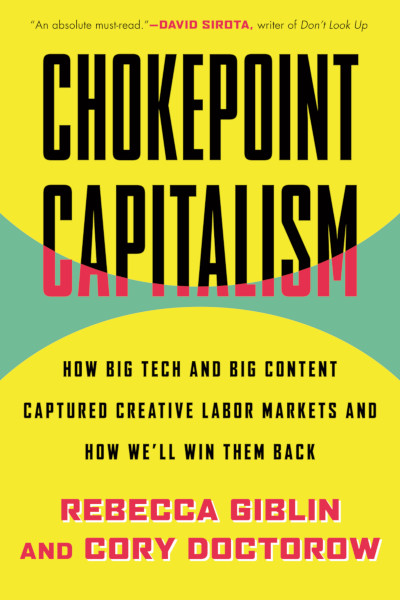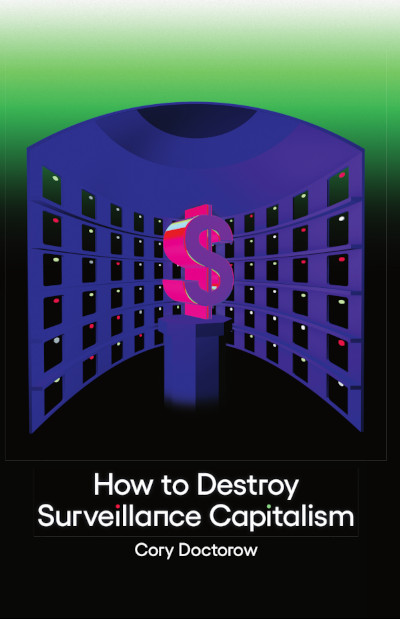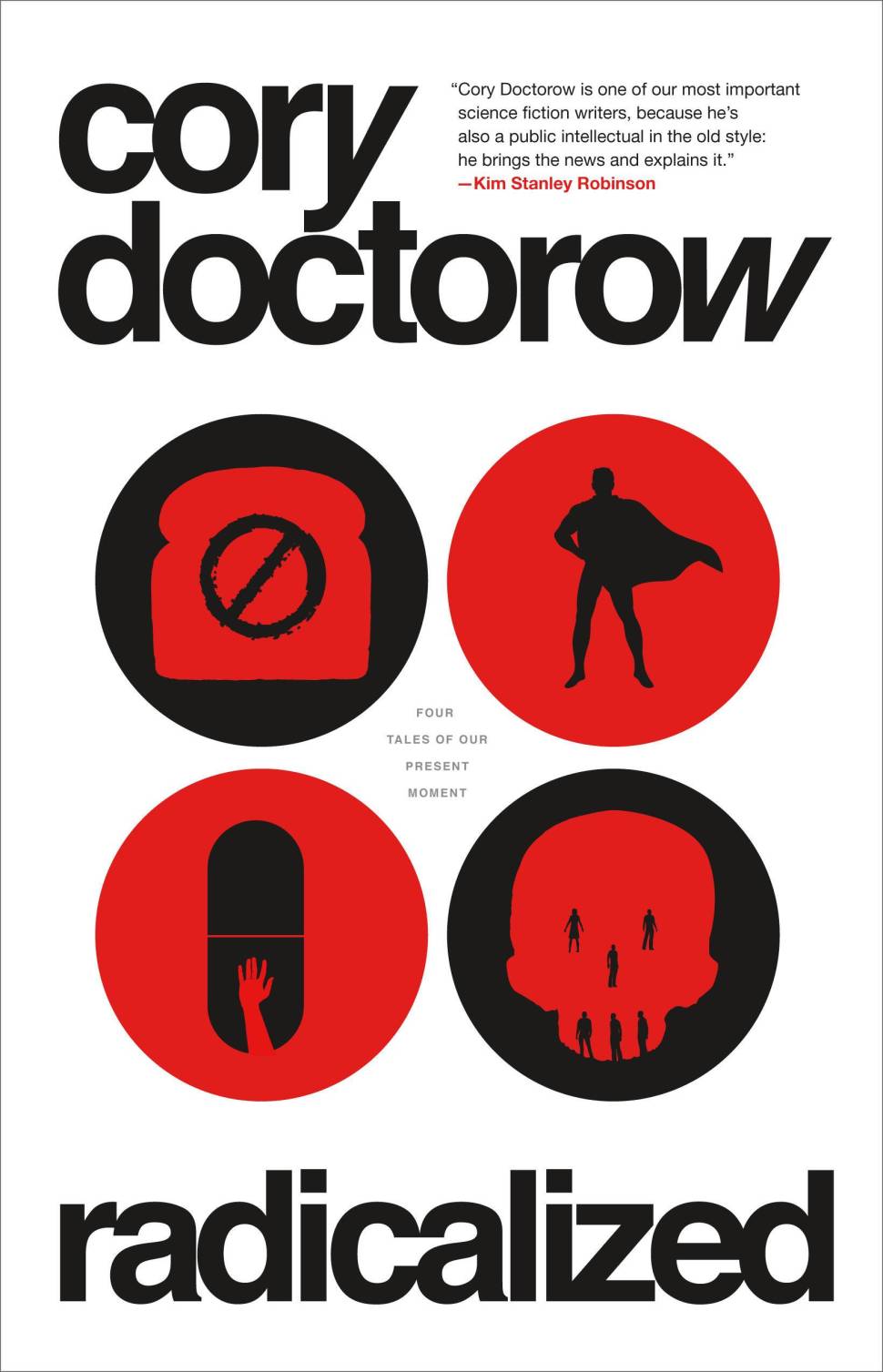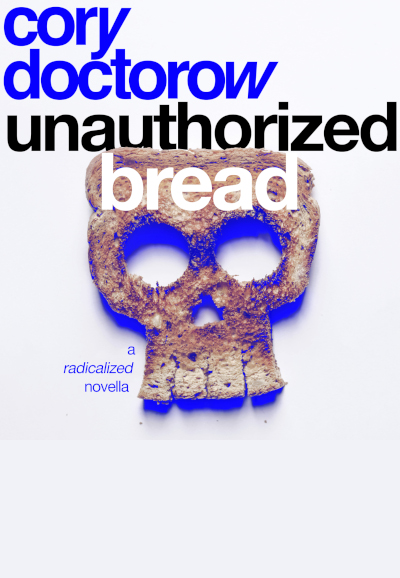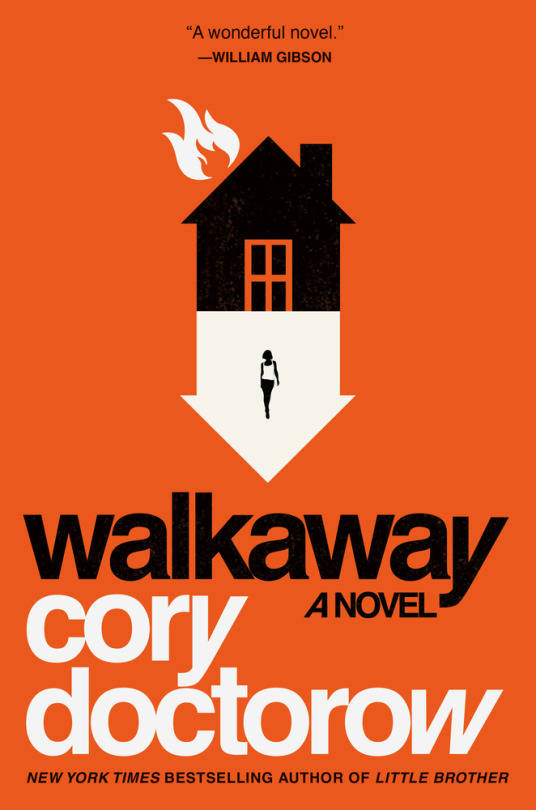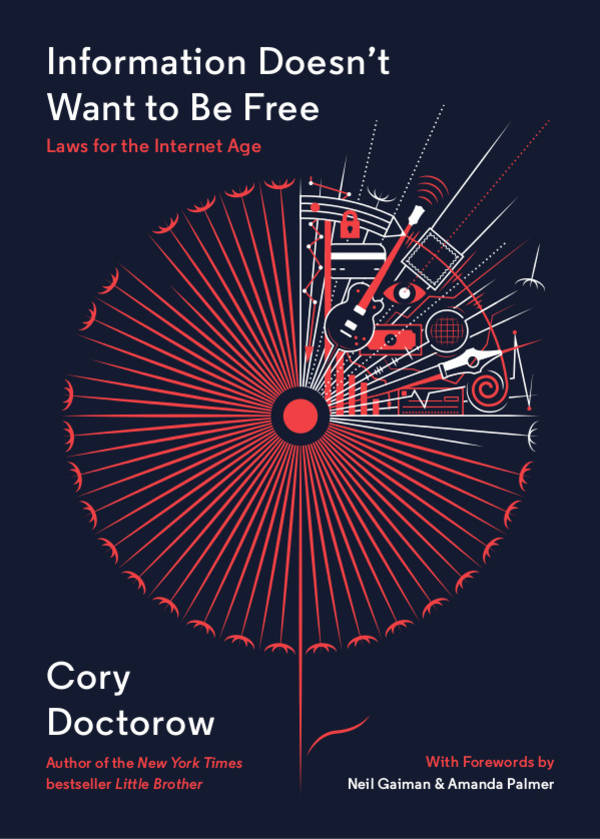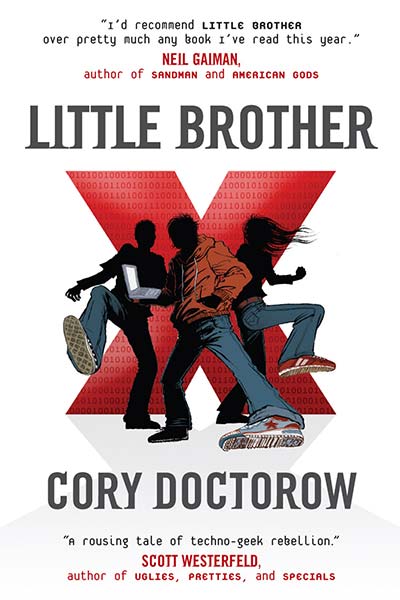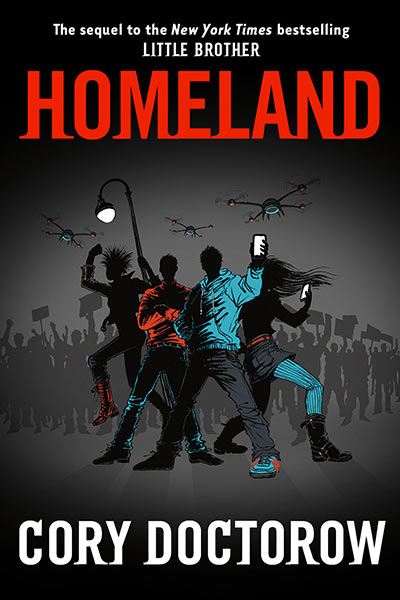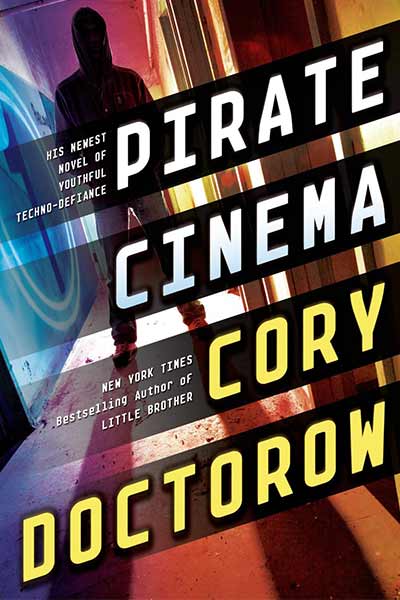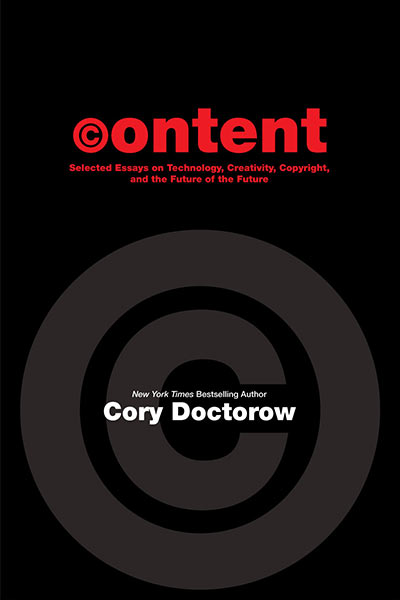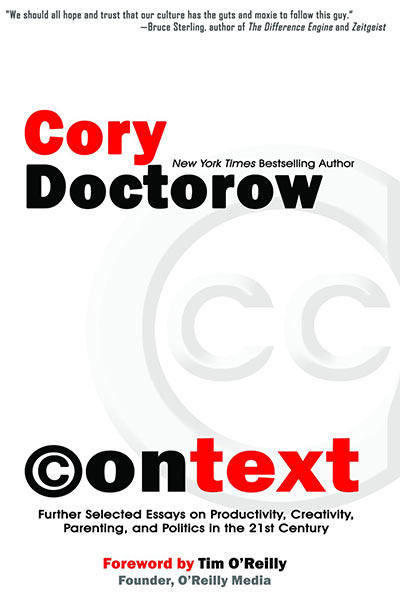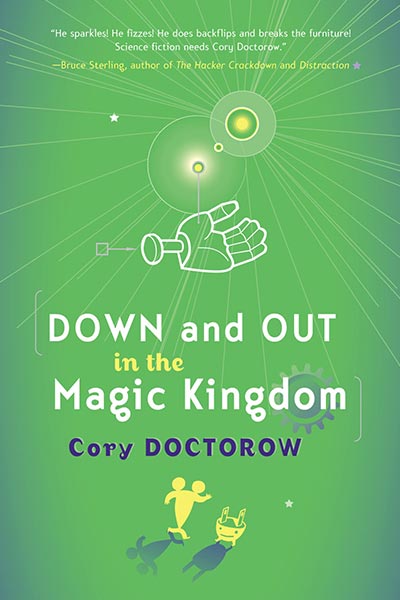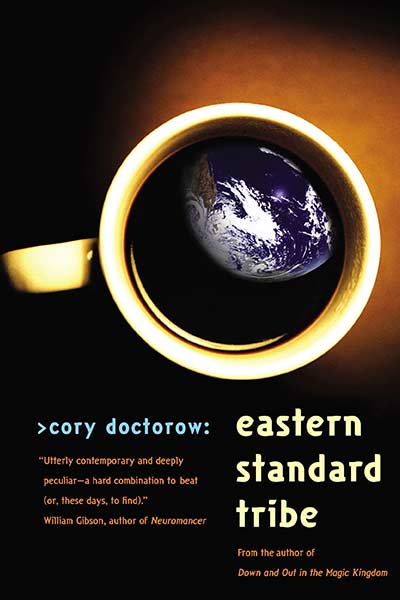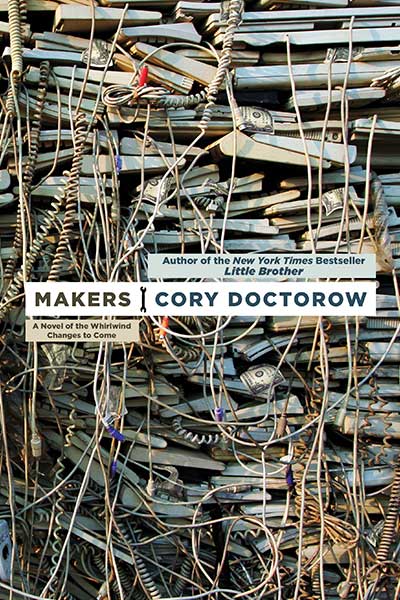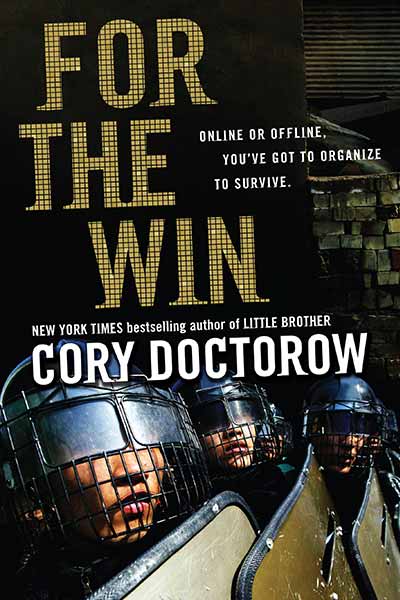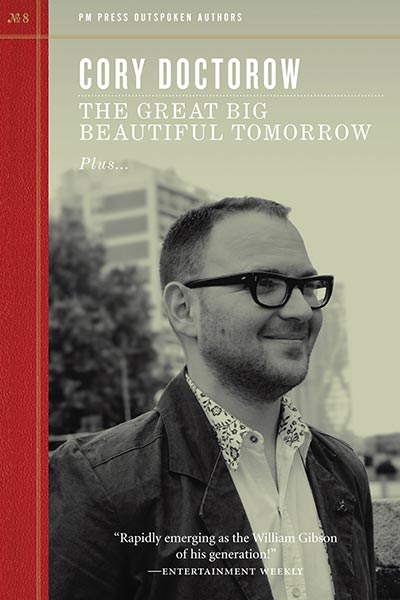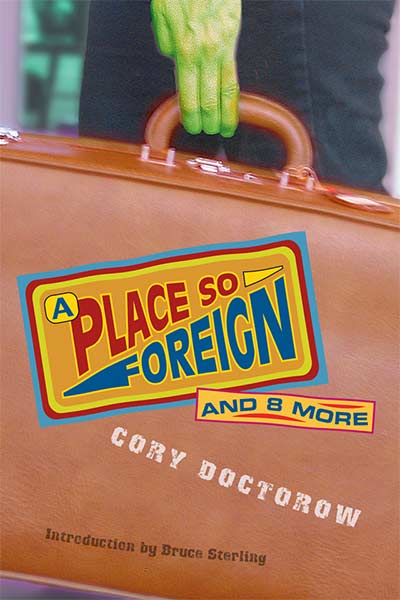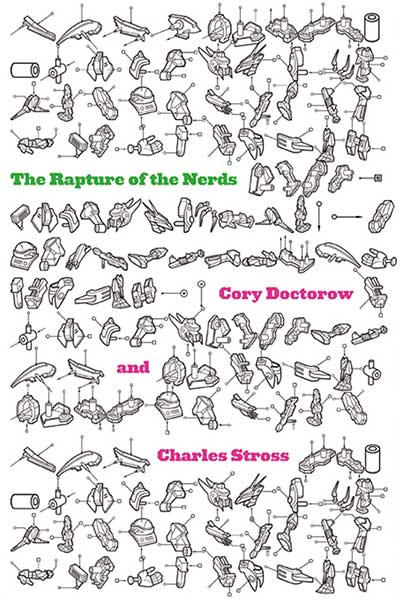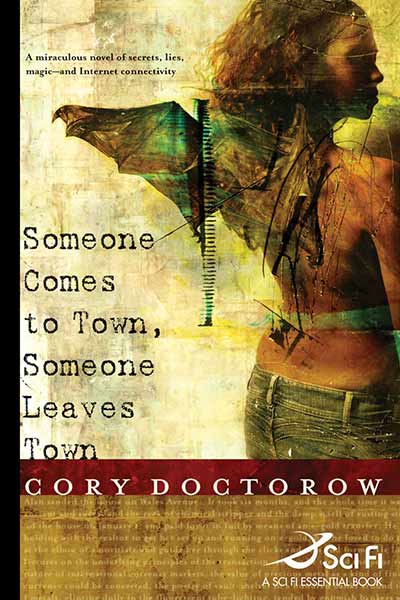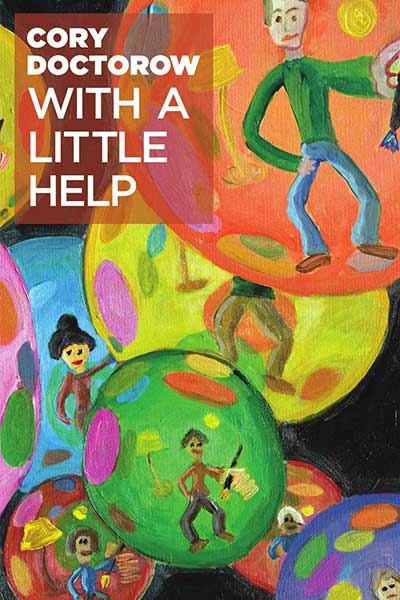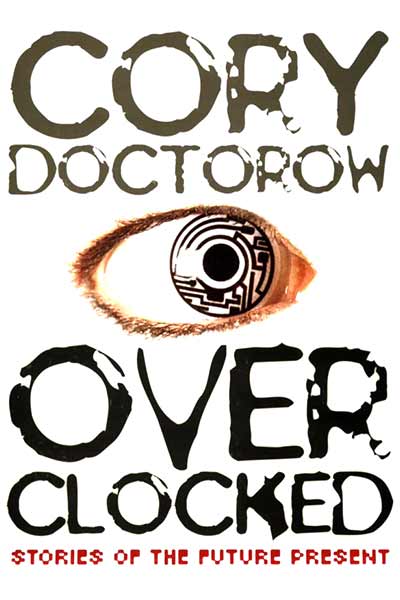Well, this is fabulous news: Rapture of the Nerds, the novel Charlie Stross and I published last year, is a finalist for the 2013 Campbell Award for best novel. It’s in some truly outstanding company, too — check out that shortlist!
Here’s the video of “It’s not a fax machine connect to a waffle iron,” the talk I gave at the Re:publica conference in Berlin this week: “Lawmakers treat the Internet like it’s Telephone 2.0, the Second Coming of Video on Demand, or the World’s Number One Porn Distribution Service, but it’s really the nervous system of the 21st Century. Unless we stop the trend toward depraved indifference in Internet law, making – and freedom – will die.”
re:publica 2013 – Cory Doctorow: It’s not a fax machine connect to a waffle iron

The 2013 Locus Awards final ballot has been announced, and as ever, it is a fabulous guide signposting some of the very best work published science fiction and fantasy in the past year — a perfect place to start your explorations of the year’s books.
I am very honored to have been included on the ballot; my novel Pirate Cinema made the Best Young Adult novel list, which is a particularly strong category this year:
- The Drowned Cities, Paolo Bacigalupi (Little, Brown; Atom)
- Pirate Cinema, Cory Doctorow (Tor Teen)
- Railsea, China Miéville (Del Rey; Macmillan)
- Dodger, Terry Pratchett (Harper; Doubleday UK)
- The Girl Who Fell Beneath Fairyland and Led the Revels There, Catherynne M. Valente (Feiwel and Friends; Much-in-Little ’13)
See the full ballot after the jump.
As I mentioned in my March Locus column, I’m celebrating the tenth anniversary of Down and Out in the Magic Kingdom by m planning a prequel. volume As part of that, planning’I going to read aloud the entire text of that first book into the podcast, making notes on the book as I go. Here’s part six.
Mastering by John Taylor Williams: wryneckstudio@gmail.com
John Taylor Williams is a audiovisual and multimedia producer based in Washington, DC and the co-host of the Living Proof Brew Cast. Hear him wax poetic over a pint or two of beer by visiting livingproofbrewcast.com. In his free time he makes “Beer Jewelry” and “Odd Musical Furniture.” He often “meditates while reading cookbooks.”
Slate’s “Stranger Than Fiction” podcast has just aired its second episode: a discussion between Tim Wu (a cyberlawyer, Internet scholar and good egg) and me (MP3)! Future installments will include talks with Kim Stanley Robinson and Margaret Atwood (as well as others) — the inaugural episode featured Tim in discussion with Neal Stephenson.
My latest Locus column, “Improving Book Publicity in the 21st Century,” addresses the lack of automation and management in traditional publishing an publicity, and suggests some simple and cheap ways that publishers could join up the way its editorial, marketing a PR departments communicate with reviewers and other publicity outlets to save money and score more PR for their writers.
Right now, this stuff all lives in separate word-processing files and spreadsheets in different departments’ hands, which results in all sorts of bizarre occurrences that I see firsthand.
There’s the trilogy whose first volume I blurbed, and whose first two volumes I glowingly reviewed – and I sold a ton of each. The publisher didn’t send me book three for review, even though it had a quote of mine on the front cover, the back cover, and the jacket-flap. They didn’t even tell me it was out – by the time I saw it in a store, it had been out for a month, and my review showed up weeks after the book’s publicity push was over.
I know how that happened: the cover quotes came from editorial and were sent to marketing, which had them in a word-processing document. When PR brainstormed people to send review copies to, they forgot to include me, so it fell through the cracks.
There’s the graphic novel series, now in up to something like 17 volumes. I’ve given every book a positive review, and all the new volumes have quotes from me on the cover. I never get review copies of this one – I don’t even get a notice from the PR department when a new volume is out. But the same PR department has sent me something like nine volumes of another series, none of which I’ve ever reviewed. If I don’t review book one, that means I either didn’t like it, or didn’t even bother with it because it looked so unpromising. Having skipped book one, you can be certain I won’t review book two. This same publisher sends me mountains of single-issue comics, even though I’ve never reviewed one of those.
As I mentioned in my March Locus column, I’m celebrating the tenth anniversary of Down and Out in the Magic Kingdom by planning a prequel volume. As part of that planning, I’m going to read aloud the entire text of that first book into the podcast, making notes on the book as I go. Here’s part five.
Mastering by John Taylor Williams: wryneckstudio@gmail.com
John Taylor Williams is a audiovisual and multimedia producer based in Washington, DC and the co-host of the Living Proof Brew Cast. Hear him wax poetic over a pint or two of beer by visiting livingproofbrewcast.com. In his free time he makes “Beer Jewelry” and “Odd Musical Furniture.” He often “meditates while reading cookbooks.”
My latest Guardian column is “Trademarks: the good, the bad and the ugly,” and it looks at why trademark, at its best, does something vital — but how trademark can be abused to steal common words from our language and turn them into a twisted kind of pseudo-property.
Trademark lawyers have convinced their clients that they must pay to send a threatening notice to everyone who uses a trademark without permission, even where there is no chance of confusion. They send letters by the lorryload to journalists, website operators, signmakers, schools, dictionary publishers – anyone who might use their marks in a way that weakens the association in the public mind. But weakening an association is not illegal, despite the expansion of doctrines such as “dilution” and “naked licensing.”When called out on policing our language, trademark holders and their lawyers usually shrug their shoulders and say, “Nothing to do with us.
The law requires us to threaten you, or we lose our association, and thus our mark.” This is a very perverse way of understanding trademark.
The law is there to protect the public interest, and the public interest isn’t undermined by the strength or weakness of an association with a specific word or mark with a specific company. The public interest extends to preventing fraud, and trademark uses the motivation of protecting profits to incentivise firms to uphold the public interest.
